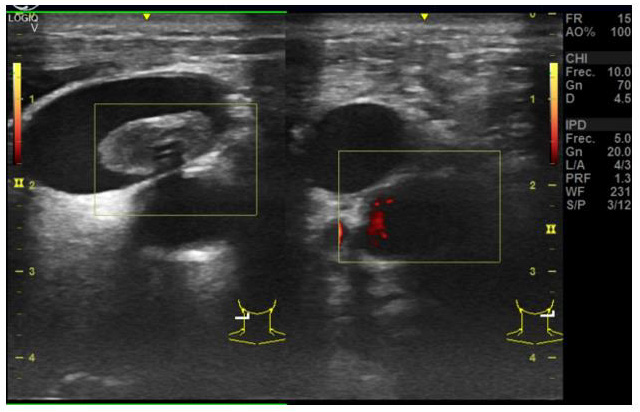Abstract
When termites #Odontotermesobesus (Rambur) and #Coptotermesheimi
(Wasmann) were treated with #toxicants using #imidacloprid and
#fipronil at fixed sub #lethalconcentration of 0.3ppm and different group
size (10, 25, 50, 100, 125, 150, 200, 250, 300, 350, 400, 450, 500),
then
results revealed that greater the group size of the termite, a
significantly (P<0.05) less mortality was observed. Such observation
could be
interpreted as resulting from a group effect or socially facilitated
behavior. More generally, a group effect, or socially facilitated
behavior, could
be invoked: individuals may modulate their behavior in response to the
presence of other group members through omnipresent signals or cues
(by omnipresent signals, we mean signals that do not result from
specific events in space or time).
For more Biomedical open access journals please click on

No comments:
Post a Comment
Note: Only a member of this blog may post a comment.